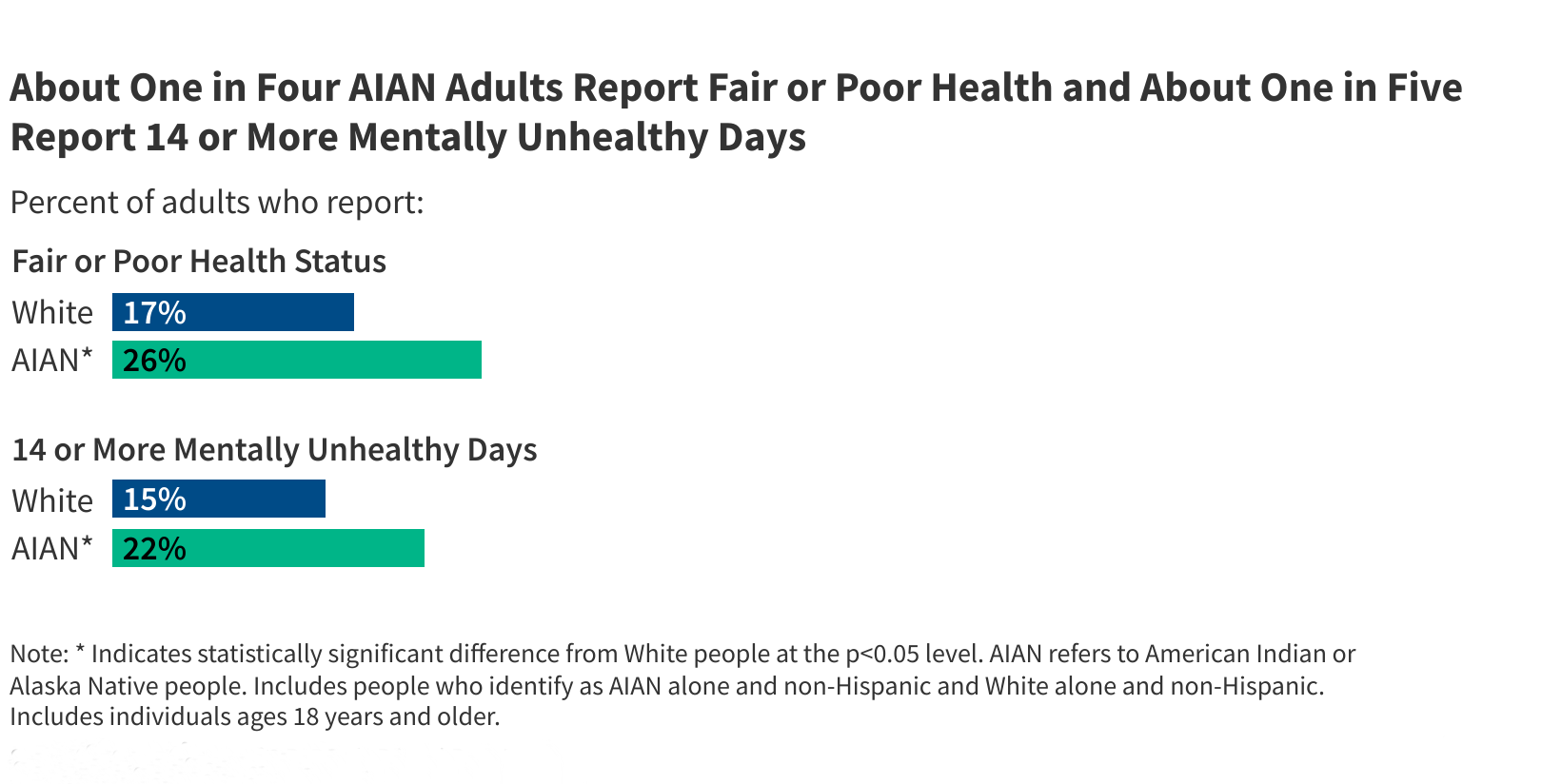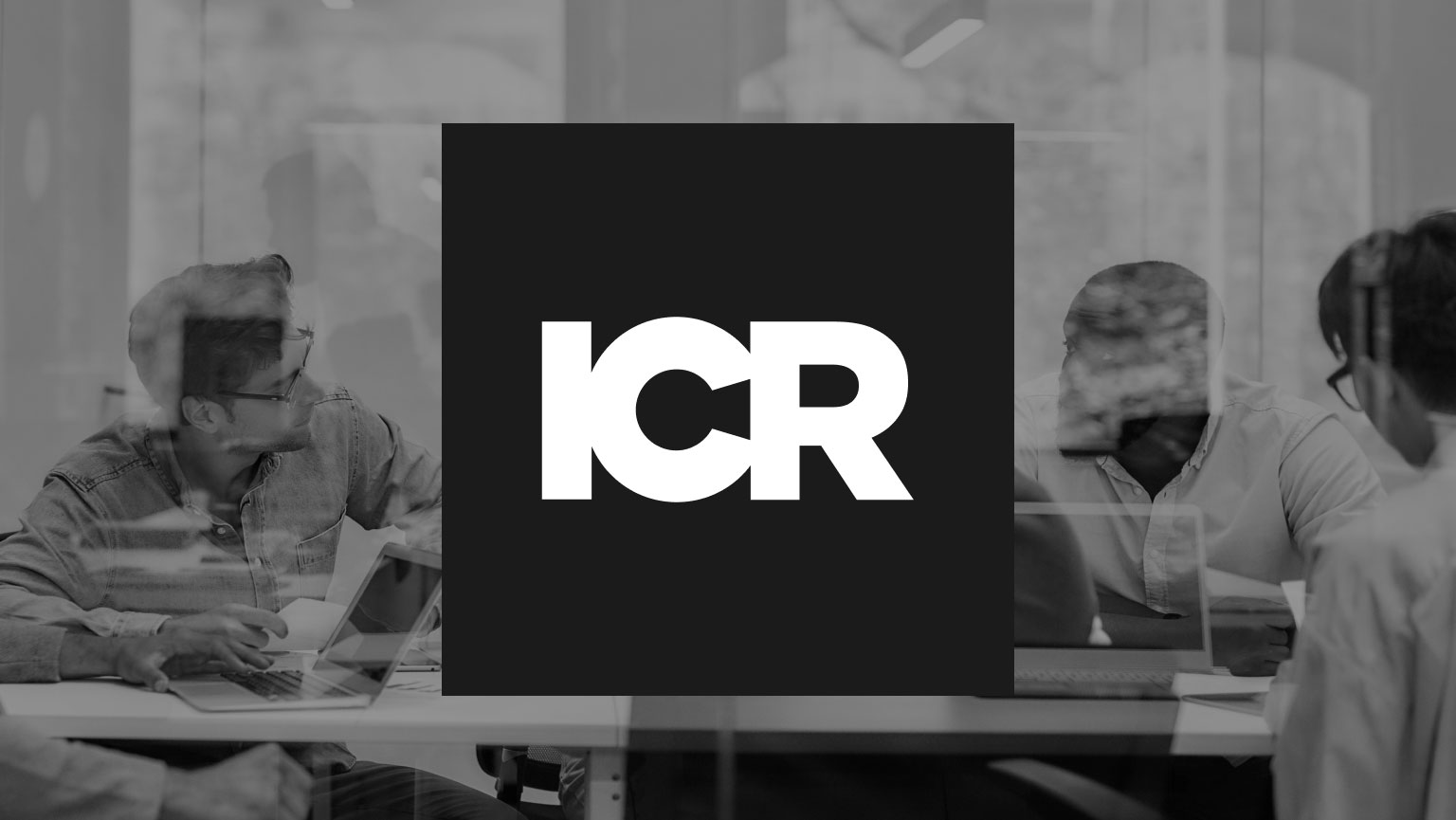So much has changed in the world of personal finance and investing over the past 30 years.
ETFs and index funds have replaced individual stock portfolios and managed mutual funds.
Investing moved online, then to mobile. Online brokers eliminated commissions and now encourage fractional share purchases for as little as $0.01.
Tax laws and planning have evolved.
Alternative assets are easier to own than ever. Cryptocurrency assets exploded in popularity, minting millionaires overnight.
Often dubious but sometimes useful, crypto is here to stay.
Most of all, DIY investors are empowered to self-direct their retirement portfolios instead of relying on overpriced advice.
These changes happened slowly, and we’ve adapted, barely noticing. Change will continue.
With so much for DIY retirement planners to contemplate, it helps to organize our thoughts into a framework, like an operator’s handbook for your personal finances.
I offer one today.
The Four Cornerstones of a DIY Retirement Plan
With. Netflix-inspired. Subtitles.
Over the years as a content creator, I’ve danced from topic to topic with loose organization (see Topics in the website menu), writing about money, travel, career, entrepreneurship, startups, and minimalism to name a few.
Some readers share that they like being surprised every two weeks by whatever I write. Others email with specific topics they can’t find an answer to.
My favorite topics have always been where personal experience crisscrosses with a financial topic de jour.
But as my audience has grown, I’ve recognized just how many people are managing their money alone with help only from Dr. Google and Professor YouTube.
Approaching 50, I’m compelled to address more pressing topics on the minds of people nearing retirement instead of young people with decades to go.
Many intuitively know the answers to their questions but lack the confidence or discipline to execute a plan, needing continuous reinforcement and guidance to achieve the comfort of retirement security.
Comfort is elusive, even for wealthier people than you and me. With abundance, new challenges emerge without necessity.
I, too, seek to validate and refine my financial plan. The content I create is my process of working through challenges and curiosities.
Almost every topic I encounter in my DIY retirement plan fits into these four cornerstones, outlining a framework to guide my decision-making.
1. Financial and Mental Clarity
Simplified. Organized. Prepared.
Two components of clarity will impact our retirements.
Financial Clarity
DIY financial planning is best executed with a less-is-more approach. More complexity doesn’t lead to higher returns or a safer nest egg.
Instead, complexity leads to more time spent managing money, challenges in executing a plan and measuring success, and obstacles in adapting to change.
Complexity is also more expensive, often requiring help managing our portfolios, real estate, business interests, and taxes.
By streamlining our personal finances, we have greater clarity as we implement our investment and planning strategies.
Clarity is intelligence, allowing us to measure effectiveness and modify course when the strategy goes astray or needs rebalancing.
Moreover, having a tidy financial life avoids leaving a mess to our loved ones if we’re to sign off sooner than expected.
We can increase our financial clarity in several ways:
- Consolidate banking relationships
- Consolidate brokerage providers
- Consolidate brokerage accounts
- Reduce holdings and redundancy in our portfolios
- Right-size insurance needs
- Budget to understand monthly cash flows
The benefits of a cleaner and less complex financial life include:
- Less time is required to manage money, freeing time for leisure
- Reduced need for investment research
- Simpler budget and portfolio management
- Fewer tax forms at tax time
- Easier to measure success and modify strategy
- Fewer professionals to hire
- Avoid leaving a sloppy estate
Financial clarity is more a journey than a destination.
Approach each financial decision targeting the outcome of an ideal financial life — streamlined and optimized — even if we never reach perfect clarity or peace of mind.
The goal is to optimize our finances to position ourselves to succeed in the other areas of our plans. Our finances should also be straightforward and tidy in case we cannot manage them ourselves.
Mental Clarity
Why do you want to retire? Is it an escape from an unfulfilling career? Or are you on the road to retirement because that’s what society expects?
How will you spend your days when you’re no longer commuting to work or bouncing from meeting to meeting?
So many questions that only you can answer.
The mental side of retirement has always been clear to me.
I want to retire to travel the world again to experience the extraordinary adventure and fulfillment I found in my 20s and be present with my family and community when I’m home.
Yet, committing to self-employment has delayed my urgency to retire.
Reader feedback over the years has told me that it’s not always so straightforward.
Identities and friendships are often closely aligned to careers. Retirement can, therefore, redefine who you are.
How will you perceive yourself when you’re done working? Will you maintain friendships outside of the office or build new ones?
Can you adapt to the new dynamic?
The mental clarity side of retirement is an area that I’ll be exploring more over the coming years. It’s the topic I have the most to learn, but my audience is a fountain of knowledge, and I appreciate hearing your perspectives and concerns via email and comments.
2. Asset Growth and Preservation
Tactics. Best Practices. Optimization.
Our perceptions of time and money change as we age.
We spend so much time and thought on the growth phase of building wealth that it becomes challenging to shift our mindsets to the drawdown and preservation phase.
The best financial advisors favor conservative investing, knowing if they lose their client’s capital, they’ll lose the client.
The outcome is underperforming returns in bull markets and, hopefully, outperforming returns in bear markets.
Unfortunately, paired with management fees, advisors have a reputation for underdelivering expectations — if you can understand the fees and performance metrics.
As DIY retirement planners, it is solely our job to adapt our investment portfolios as we age. To do this, we must let go of biases and emotional investing in favor of disciplined best practices.
Financial clarity reduces the burden of this already challenging task.
When you think about it, most of our brain power goes toward growing and preserving our wealth.
Investment selection, tax strategies, spending plans, safe withdrawals, income planning, and estate planning are all tactical activities with established best practices.
Growing and preserving your wealth requires research and knowledge before execution. Mistakes can be costly.
3. Data-Driven Planning
Tools. Numbers. Projections.
At the tail end of my government IT consulting career, my employer’s foundational philosophy was to use data to drive policy and investment decisions.
Without data, complex organizations risk making costly decisions that fail to meet stated objectives.
Unfortunately, I witnessed leaders make decisions based on gut instinct, political preference, and stubborn arrogance instead of data.
Misguided decisions in large organizations are immeasurably expensive.
Our family finances are like a complex organization, best steered by data instead of emotions or gut feelings. The less complex, the easier to manage.
The question, do I have enough to retire has perplexed workers for decades.
Standard estimations like the 4% rule of thumb are helpful. However, data should steer our decision-making, not rules of thumb.
Sophisticated and efficient businesses don’t guess; they use data to drive decision-making.
The best financial advisors don’t guess if their clients have enough money to retire. They run the numbers.
DIY retirement investors shouldn’t guess either, nor should they err on the safe side because they’re too cautious, cheap, or lazy to measure.
Too often, I come across aspiring retirees who could have left unfulfilling jobs years before if they had sought a professional opinion or run the numbers themselves.
Fortunately, we have modern and optimized tools to help us build financial confidence that are far more powerful than an elaborate spreadsheet.
As these tools’ sophistication has increased and their value has become more apparent, planning tools and data should be at the center of financial plans.
Merely logging into a 401(k) and watching the balance day to day is not enough. Multiplying your annual spending by 25 and declaring independence is a meaningful milestone but not enough to quell the fears of future unknowns.
That’s why I’ve focused much attention on DIY planning tools in the past few years. They help us answer the financial equivalent of the meaning of life — how much is enough?
The answer is infinitely nuanced and subject to hundreds of variables, many of which are out of our control. Tools like Boldin (review) and ProjectionLab (review) make sense of our data to guide decisions and behaviors.
We didn’t have robust, refined, and customizable tools like these ten years ago. Now that we do, we must take advantage of them and follow the data if we’re not working with an advisor.
Budgeting, portfolio management, spreadsheets, and other tools can help us even more.
Expect to see more reviews, examples, and recommendations of tools supporting data-driven planning decisions in the coming years.
4. Measured Speculation
Regret Minimalization. Risk/Reward. Not Boring.
We can place most investment strategies into two pools:
- Boring
- Speculative
Boring is what you mostly hear, the animated angel on your left shoulder constantly reminding you of what you should do.
- Diversify
- Rebalance
- Buy index funds
- Avoid risky assets
- Dollar-cost average
- Don’t time the market
- Invest for the long-term
- Construct an age-appropriate portfolio
The Asset Growth and Preservation piece, if you will.
But “smart” money moves, it was once said, may be preventing us from becoming rich.
The cartoon devil on your right shoulder sees people getting wealthy over risky bets, like startups, cryptocurrencies, individual growth stocks, options trading, or side hustle/small business investments.
Many of us (but not all) are naturally drawn to risk-taking. We want to buy the stock and watch it soar, or buy the rental property, or start that business.
If you’re compelled to take informed risks with your time and money that goes against all the wisdom of boring best practices — DO IT.
BUT — only with a measured approach that increases your chances of success and requires little risk exposure to your foundational wealth.
If you’re going to speculate, increase your chances of success:
- Invest in you, not someone or something else.
- Start small, build on successes, and fail fast.
- Invest only with money you can afford to lose.
- Capitalize on your advantages (knowledge, access, network)
- Don’t borrow to invest (exception: certain real estate)
- Speculate with a small percentage of your wealth, 5% max.
- Stay within your sphere of competence; refine your competence (learn) before trying something new.
- Invest for the long term (works in boring investing, too).
I’m a relatively risk-averse person. I’ve invested conservatively for most of my life. As such, I missed once-in-a-lifetime NFLX, NVDA, Bitcoin and ETH gains.
I am still drawn to the allure of substantial investment gains, and I won’t fight it for a boring-only investment strategy.
Though my retirement strategy is 95%+ boring, I speculate by:
I invest time and money in these areas because they are within my sphere of competence. I risk small amounts relative to wealth, and these additional investment channels don’t meaningfully fog my financial clarity.
More substantially, I left my stable IT career to be a full-time online entrepreneur. Though that seemed like a massive risk from the outside, it was a measured decision, not a haphazard undertaking.
I already had an established and profitable 9-year-old business and a sizable nest egg. Moreover, I had a plan and the data to back it up, and I was willing to fail.
Success is in my control and within my sphere of competence.
Boring is fine. You don’t need to speculate or take large risks.
But many of us have a natural tendency to want to invest for more — higher returns, greater fulfillment, or even just for the enjoyment of it.
Avoid regret by not speculating at all, but use a measured approach. It might work. It might fail or fall flat. But don’t regret not trying.
Conclusion
This blog post culminates years of thinking and writing about financial and retirement topics. It also represents the future as I create online content for the next decade.
As you might have guessed, this framework emerged from months of brainstorming and developing the outline for a future digital product in the works (albeit slowly progressing). Stay tuned — patiently.
Nearly everything I write about falls within these four cornerstones. As the outline of a cohesive framework, it serves as a guide for sound financial decisions.
Your feedback and survey responses have strengthened the case for exploring these topics more frequently and in more detail.
As I choose topics for my videos and articles, I’ll aim to stay within these boundaries to address the challenges faced by DIY retirement planners.
Which of the four cornerstones resonates most with you?
Featured image generated via DALL-E.
Favorite tools and investment services (Sponsored):
Boldin — Spreadsheets are insufficient. Build financial confidence. (review)
Morningstar Investor — Trusted fund and ETF research + portfolio tracking. 7-day free trial.
Sure Dividend — Research dividend stocks with free downloads (review):
Fundrise — Simple real estate and venture capital investing for as little as $10. (review)
Publisher: Source link










